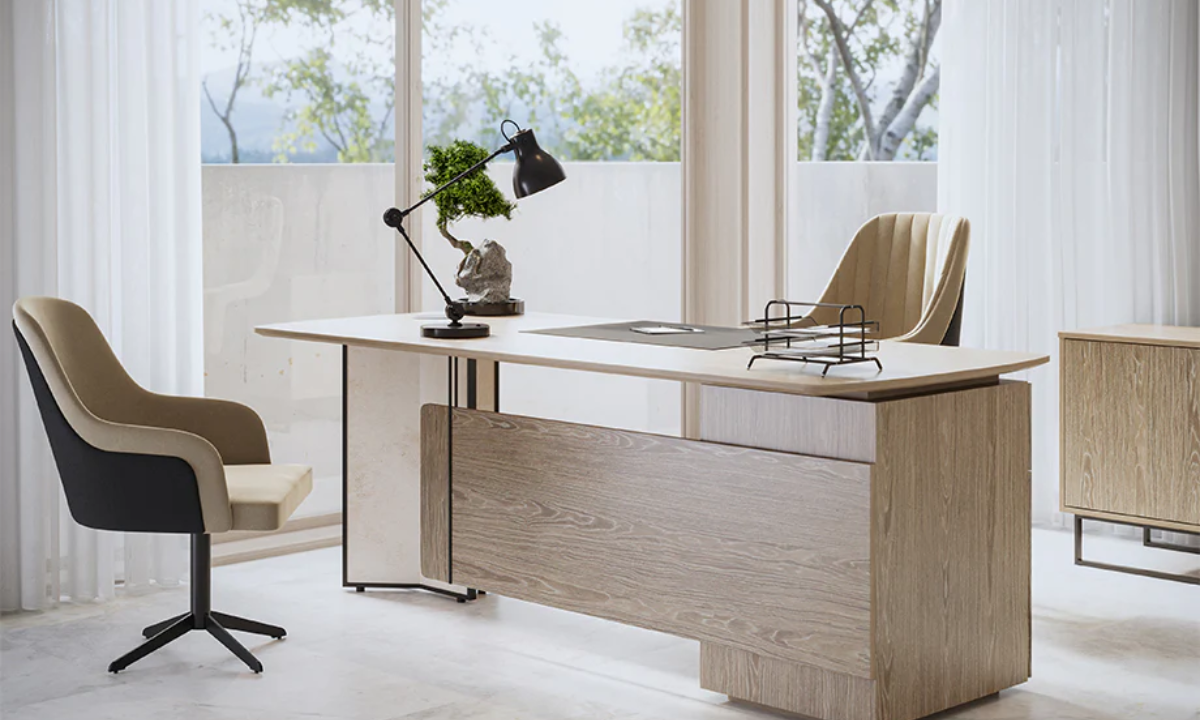When we think of ergonomics, office chairs and standing desks often come to mind. But for soldiers in the field or pilots in a cockpit, ergonomic design takes on an entirely different dimension. While civilian ergonomics focuses on comfort and productivity in controlled environments, military ergonomics is about survival, endurance, and combat effectiveness. Nowhere is this contrast more visible than in tactical seating—especially in innovations like the forward leaning chair and specialized ergonomic military seats.
This blog explores the key differences between military and civilian ergonomics, highlighting how seating design impacts both performance and safety in radically different ways.
Understanding Ergonomics in Context
Ergonomics is the science of designing tools, systems, and environments to fit the people who use them. For civilians, this typically means minimizing repetitive stress injuries, enhancing comfort, and boosting workplace efficiency. For the military, however, ergonomics serves a far more urgent mission—maximizing combat readiness, reducing fatigue, and preventing injury in high-risk, high-stress scenarios.
Seating is one of the most crucial areas of ergonomic focus, especially in environments like armored vehicles, aircraft, and command centers, where personnel spend long hours operating under pressure.
Key Differences Between Civilian and Military Seating
1. Purpose and Environment
Civilian Seats: Designed for stable environments like offices, homes, or vehicles on smooth roads. The emphasis is on adjustable comfort—armrests, recline features, and lumbar cushions.
Ergonomic Military Seats: Built to function in extreme conditions—shock, vibration, heat, cold, and hostile terrain. These seats prioritize durability, protection, and posture for extended missions. Comfort matters, but readiness is paramount.
2. Posture for Performance
While many civilian seats aim for relaxed posture, ergonomic military seats emphasize an active, alert sitting position. One of the most important innovations here is the forward leaning chair, which positions the user slightly forward to engage the core, reduce spinal strain, and improve visual and physical access to controls or surroundings.
This posture is ideal for soldiers operating weapon systems, navigating, or scanning the environment for threats—tasks where reaction time and awareness can make the difference between mission success and failure.
3. Compatibility with Gear
Civilian Seats: Typically designed for users in lightweight clothing, with little consideration for external gear.
Military Seats: Must accommodate helmets, body armor, communication gear, and weapons—without restricting movement or causing discomfort. The forward leaning chair design is particularly advantageous here, as it creates more usable space in tight environments and supports an engaged posture even with full gear.
4. Safety Under Fire
Military seating often incorporates blast attenuation and crash protection. In vehicles at risk of IEDs, sudden stops, or rollovers, ergonomic military seats are engineered to absorb shock and reduce injury. Civilian counterparts, while safe, generally don’t require the same level of trauma protection.
Seats in combat zones may include energy-dampening materials, harness points for restraint systems, and strategically placed padding—all while supporting the posture needed for operational tasks.
5. Mission Duration and Fatigue Management
Civilians might work an 8-hour desk job with breaks and movement. Soldiers can be confined to a seat for 12–24 hours or more with limited rest. The prolonged stress of vibration, heat, noise, and physical confinement can sap endurance.
That’s why ergonomic military seats are now being designed to minimize fatigue over time. Forward-leaning designs improve circulation, encourage small postural adjustments, and reduce lower back strain. This boosts both physical stamina and mental alertness during long operations.
Real-World Example: The Forward Leaning Chair in Action
Take a reconnaissance vehicle, where crew members must constantly scan their surroundings, communicate, and potentially operate a turret. A traditional reclined seat might be comfortable—but it limits forward visibility, delays movement, and encourages slouching.
By contrast, a forward leaning chair supports the natural curvature of the spine, keeps the head upright, and aligns the arms and legs for quick reactions. This posture is more energy-efficient over time and promotes sustained focus, which is crucial in high-risk environments.
Future Trends in Tactical Seating
Military seating design is increasingly merging with wearable technology and data-driven insights. The next generation of ergonomic military seats may include biometric monitoring to detect fatigue, heat stress, or dehydration—adjusting seat position or issuing alerts in real time.
Modularity is also a growing trend. Seats that can be quickly adjusted or reconfigured for different missions or body types improve both comfort and operational flexibility. The forward leaning chair concept will likely evolve to incorporate smart materials, auto-adjusting tilt, and dynamic cushioning that responds to terrain or motion.
Conclusion
While both civilian and military ergonomics aim to support the human body, the stakes and scenarios are vastly different. In the military, seating isn’t just about comfort—it’s about performance under pressure, injury prevention, and mission success.
From the battlefield to the cockpit, the rise of the forward leaning chair and high-performance ergonomic military seats reflects a broader shift toward soldier-centered design. Tactical seating is no longer just a functional necessity—it’s a vital part of the readiness equation.



